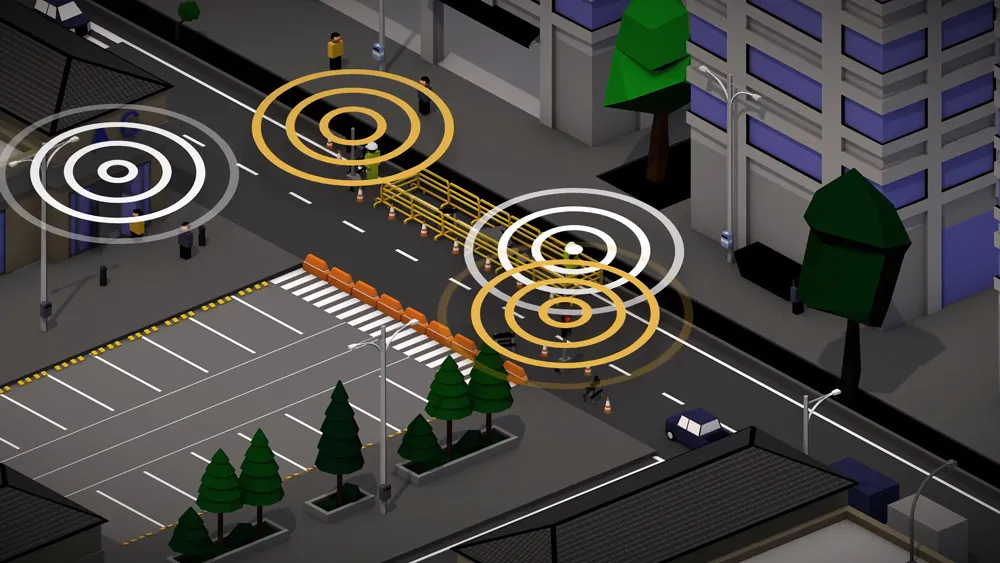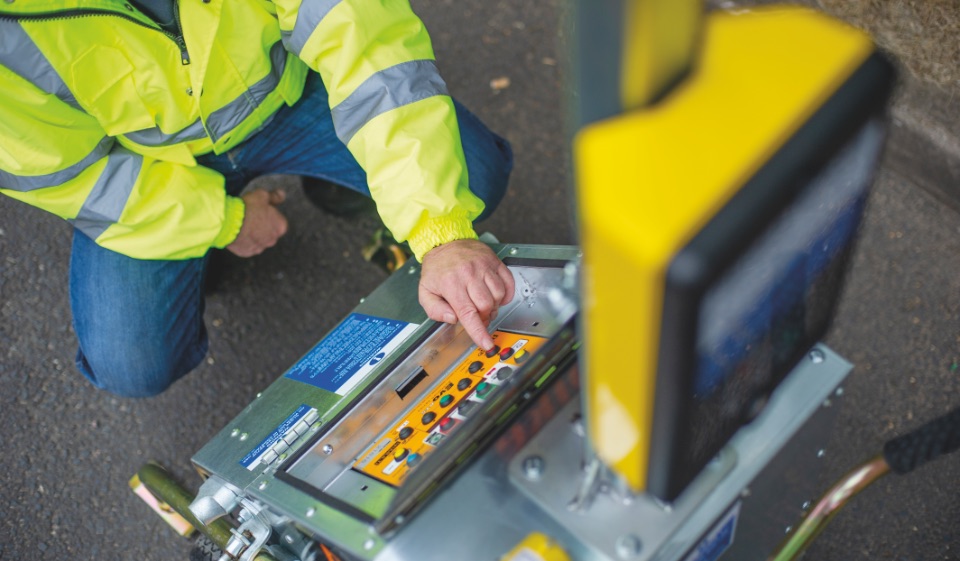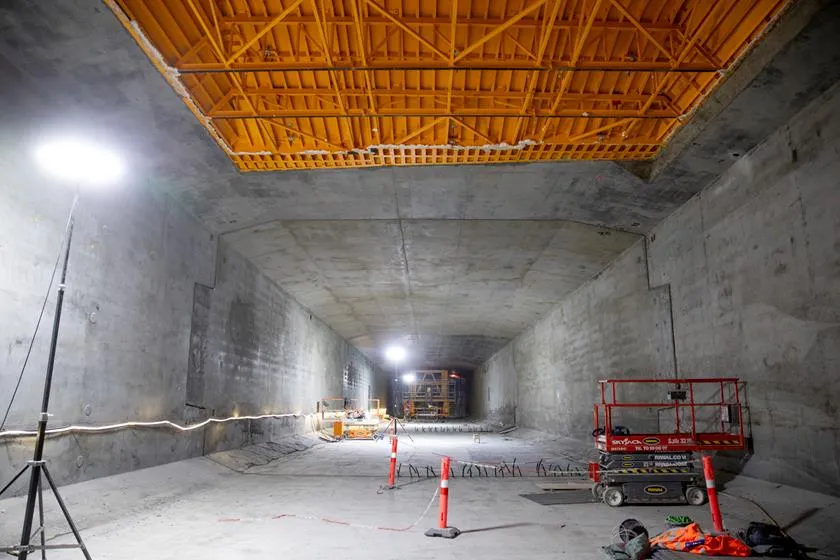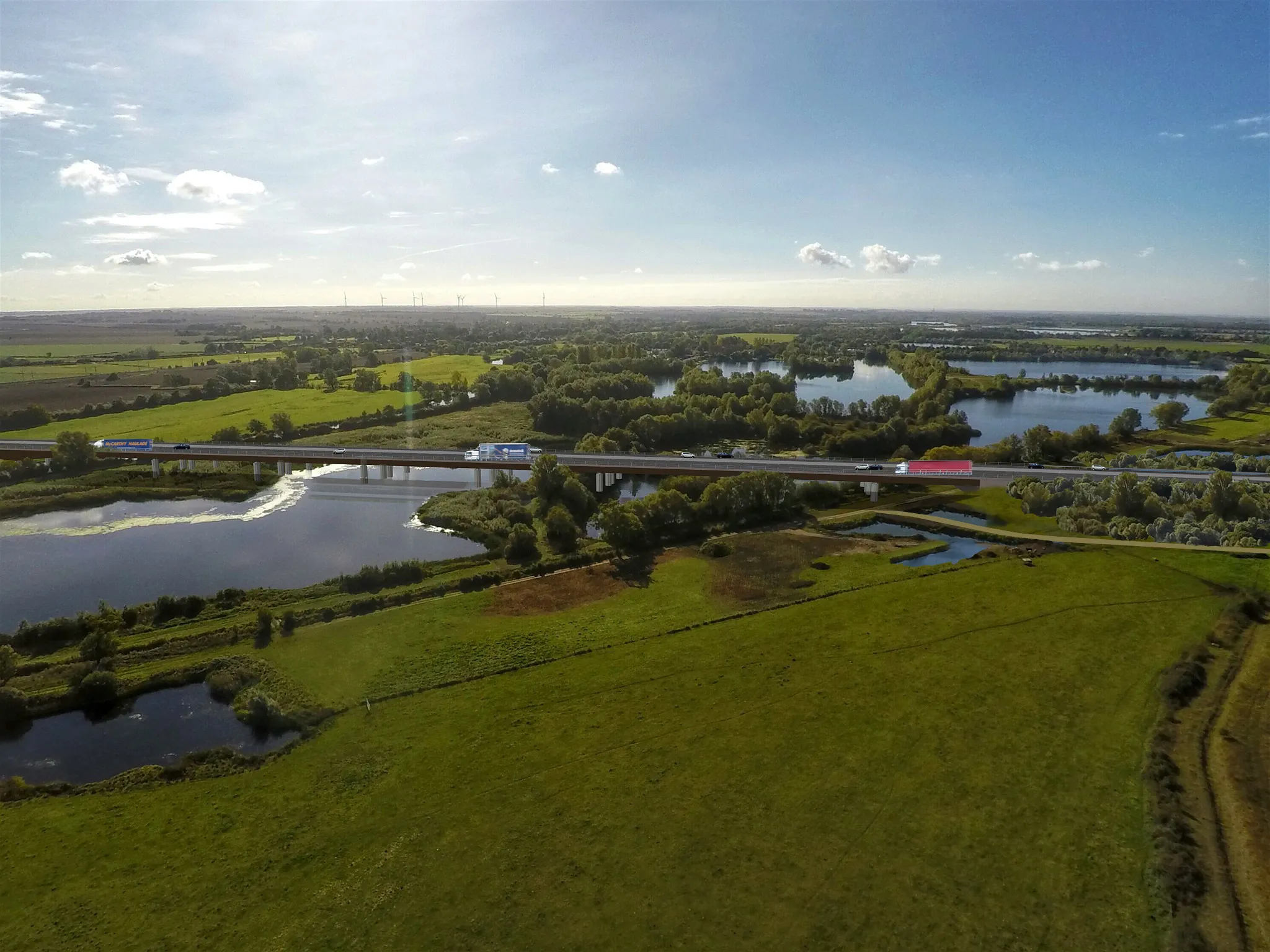
Wherever temporary traffic control is used, stable and reliable communication is required. This is key to risk reduction, especially in high-traffic areas. Yet, today’s traffic management systems are struggling to operate without disruption. Surrounding equipment remains an ongoing threat to reliability and safety.
Until the 1990s, all radio transmitting and receiving devices in the UK required an annual post office licence. Today, though, transmission is deregulated and used by an increasing number of systems which has led to a steady increase of radio-connected devices. Everything from traffic bollards and walkie-talkies to internal personal address (PA) systems, as well as utility and bank telematics, can reside on the same frequency band as portable traffic signals – causing issues in a variety of areas.
In city environments especially, the rise of the IoT (Internet of Things) is just another factor that’s increasing the number of devices using these communication channels. When it comes to the deployment of temporary traffic sites in these heavily congested radio environments, signals are automatically competing for channel space.
What’s more, traffic signals are often deployed with no form of radio spectrum survey. Even when a survey is performed, chances are high that equipment can later begin operating in the area which was not present, meaning actively transmitting, at the time of survey. In fact, many sources of interference are either sporadic, such as walkie-talkies, or timed to occur only at specific periods during the day, such as bank telematics.
At the heart of this growing issue is the use of ultra-high frequency (UHF) radio signals as part of traffic light systems. The nature of temporary traffic lights means that radio messages are exchanged between the traffic light units on a constant basis due to safety monitoring. When the radio signal is disrupted by nearby equipment it can lead to signals sometimes switching off completely or the traffic light becoming stuck on red.
There is also the reverse situation where the traffic signals may cause disruptions to a range of external equipment that is operating on the same radio frequency as the signals themselves. In a recent case, a water company using temporary traffic lights suffered failed communications between a pumping station and a reservoir due to the use of temporary signals. In other situations, two-way radios are often used on large construction sites due to the long range that they offer. Where portable or temporary signals are used on a site though, there is always the potential of a conflict between these signals. The long timescale of large construction projects also means that there is an ever-increasing likelihood of a problem with nearby signals at some stage throughout the project.
To overcome the challenges presented by radio interference, Traffic Group Signals has developed a system which enables temporary traffic lights to actively avoid radio channels which are being used by other equipment and systems. Aptly named Active Channel Management, ACM is being adopted by water, gas, electricity, construction and maintenance companies all needing to regularly establish temporary traffic controls.

ACM continuously measures all radio channels to identify which one is the most clear of interference over an extended period. The system will then initiate an automated channel change whenever it identifies that another channel is clearer than the one in which it is currently operating. These channel changes are fully automated; the traffic light system changes channel without going off. The entire process is seamless and road users are completely unaware the process has occurred.
The user has detailed information about the performance of the radio link to each signal, helping identify and resolve any communications issue. In the rare event that the system is irrecoverable, the traffic lights will fail to ‘lights out’. This is deemed to be the safest outcome for motorists until the system is restored by the traffic management provider.









